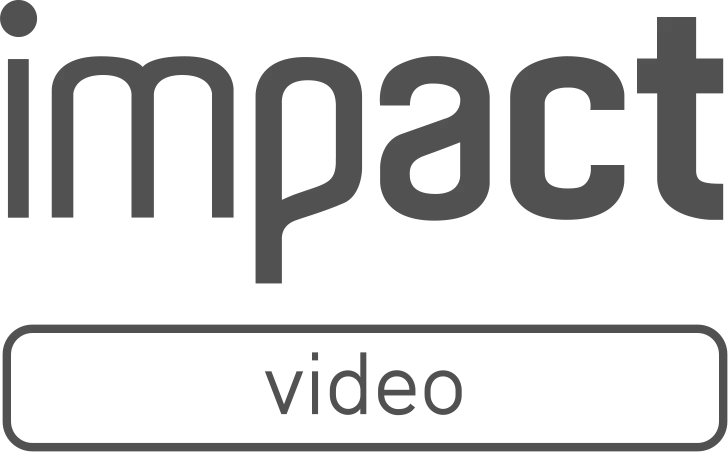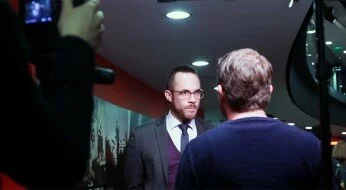We work on video production projects at various stages of their development. Often the project is almost fully formed, and all we have to decide on with the client is a filming date. However we also come on board at the very earliest stage, which is often something along the lines of: “we want to make a video, any ideas…?” We have a number of key considerations that we go through with our clients who want to start producing video content.
1. What marketing objective will the video satisfy? In other words, what’s it for?
– Selling tickets?
– Building awareness?
– Key message to members of your organisation?
– As a tool to pitch for future funding?
The marketing objective informs everything about your video, from length to distribution method. If you can’t answer this simple question, it might not be time for a video. Driving ticket sales for an event your video should have a clear and simple call to action on why and how to buy tickets, it should not be overly informative but quickly convey the essence and unique selling points (USPs) of the event.
Bottom line: make sure you know exactly what the video should achieve and measure it where possible.
2. Who is the video for?
Your target audience buys certain publications, visits certain websites and responds to certain methods of communication. Similarly you must consider what kind of video they will respond to – not just create something you think looks great. High production value is pointless if your video doesn’t speak clearly to the target audience. Say you are producing a promotional trailer for the second run of a performance, first time round ticket sales were high among the 45+ age group, but this time the goal is to bring in younger audiences too. You may want to consider focusing on young interviewees when shooting audience reactions in order to get the language and perspective that will speak to a younger age group. Have a look at this Sadler’s Wells promo that clearly targets a young internet savvy audience.
Bottom line: a good video isn’t a good video unless the target audience think it is.
3. What creative direction will best suit your marketing objectives?
Depending on the message you are communicating and your video objectives, you might consider a variety of creative directions. Motion graphics are ideal for expounding a process or service clearly, and leave loads of room for visual branding. Other directions suit different marketing objectives. We produced a live action theatre trailer for the UK tour of To Kill A Mockingbird. The marketing brief was to capture the nostalgia of the original novel, while stirring emotion in generations of readers who experienced the book as a child. A cinematic approach allowed us achieve that nostalgia without telling much of the story or recreating the stage bound production. This is generally a suitable approach for theatre as it is the themes of a play that draw an audience. The physical thrill of live theatre cannot be recreated in video, so we focus on translating it to film.
Bottom line: your video is first and foremost a marketing tool; aesthetic and style is important but it must serve a specific purpose.
4. How will you distribute it?
– Website homepage?
– YouTube advertising?
– Email newsletter?
– Front of House?
The method of distribution has a huge bearing on your video in a number of areas, none more so than the length. Where and how someone has come across your video pertains to their interest and commitment to watching it. If the video has been developed as in depth content on an event or production, you will likely want to place it on your YouTube channel and push it on social media, where the attention span of your audience is likely to be quite long. Alternatively, if you are producing a video with a view to engaging new audiences and driving ticket sales, you might want to seed it with YouTube’s advertising service and in this case your video would be short and snappy, grabbing and holding attention in the first 5 seconds. Take a look at a YouTube ad we produced for the Young Vic’s production of A Season in the Congo for an example of this type of ad.
Bottom line: strategise your distribution method early to suit your marketing objective as it will inform everything about the video.
5. Who will create your content?
Your gut reaction would be to do it in house if you have a video producer, or outsource to a video production company if you don’t. But don’t forget about your customers; user generated content can save you money, offer creativity, perspectives and insight that you would never have achieved on your own. If your objective is engaging your audience, what better way that challenging them to contribute to something? We designed a campaign with the International Youth Arts Festival where all the participant theatre companies submitted their own trailers as part of a competition. We then selected the winners and cut a trailer of them to be seeded as an ad on YouTube. Shooting a project of this scale ourselves would have cost IYAF thousands they didn’t have, by getting the participants involved we saved time and money while representing the diversity of festival.
Bottom line: think about who might be best positioned to generate content (especially if the budget it tight).
6. A sustainable video strategy.
No matter how well targeted and relevant a video you have produced, if it grows old and lonely on a sparse YouTube channel it is ultimately in vain. If you’re going ahead with a video project it should be part of a broader video strategy where regular content is created and distributed and its success measured. Engagement on YouTube is all about quality and regularity of content, as well as how often people interact with your videos. It could be the video you’re planning can be easily edited into a series of short videos released at intervals to your audience. Check out the National Theatre’s fantastic YouTube channel for an idea of how a channel can grow with regular, quality content.
Bottom line: don’t be a one hit wonder, plan a long term strategy.
Note: this is not a progressive list. Each of the considerations detailed above interact with and inform each other.



